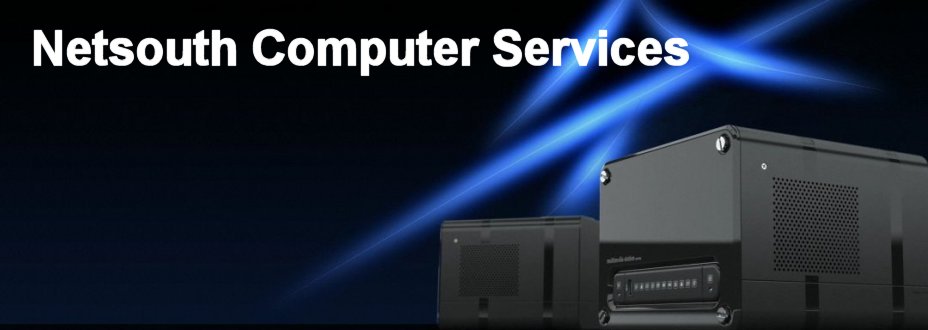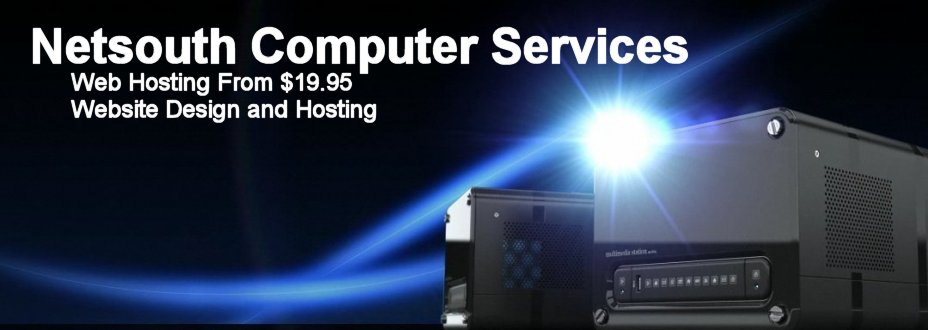 WWW Overview
WWW Overview
•• THE INTERNET
The Internet on the technological level consists of the wires, machines and networking software which connects most of the computers in the world to each other.
•• INFORMATION SERVERS
Information servers run on computers connected to the Internet all over the world. Information servers are processes (executing computer software) which dish out information as requested from users connected to the same network (in the case of the WWW, the public Internet). The most common information servers on the Internet today are:
- World Wide Web servers;
- also called http servers for the underlying protocol with which they communicate with Web browsers, the Hypertext Transport Protocol. These servers primarily deliver data for immediate human interpretation: hypertext and multimedia.
- FTP, or File Transport Protocol Servers;
- whose only function is to allow FTP clients to copy files of any kind (programs, images, text, etc.) between the client and server machines. FTP allows you to enter commands and filenames to send to, receive from, and otherwise manage files and directories on a remote computer (if you log in to read files other than your own, you have to log in as "anonymous" or "ftp", which allows you to read all public files but not alter or delete them, or create new ones.) When you retrieve a file from a remote computer using FTP, you have to invoke a separate program after your FTP session to view that file (a text editor, an image viewer, etc.).
- SMTP, Simple Mail Transport Protocol servers;
- which send and receive electronic mail messages.
- World Wide Web browsers are multilingual; they can communicate with all of the servers listed above and more. This relieves the user of the complexities of having to learn and run a separate client for each server they wish to use. There is still some value to understanding the functionality of the underlying servers, however this is less of a requirement when using a WWW browser. Also, for some of these servers it is often more convenient to use a specialized client, such as a threaded news reader to read Usenet news, an Email program to send and receive Email messages, or an FTP client when, for instance, you want to send a file from your computer to a remote computer, or you want to retrieve a large number of files in one bulk copy operation.
- World Wide Web browsers employ a graphical user interface. Many of the above servers require you to learn an arcane command language or enter UNIX commands. With a WWW browser, you just use your mouse or arrow keys to point at what you want, and click or press return. The browser takes care of the underlying network communications, interfaces, and commands, to bring to you what you clicked on.
- WWW Wide Web browsers allow the free-form organization and cross linking and referencing of information called hypertext, hypermedia, or hyperlinking. In this form of information organization, any item of information (a word, a phrase, an image) can also function as a " hotlink " to any other item of information. Underneath every hotlink, hidden to the reader, is a URL, or Uniform Resource Locator, which tells your browser where to find the resource pointed to by that hotlink; all you do is point and click. Furthermore, anybody can create hotlinks in their documents to any other publicly accessible resource (you can create hotlinks to your own resources or anybody elses, and anybody else can create hotlinks to your information). This structure creates freedom to organize and share information in myriad and novel ways, resulting in an anarchic, loosely structured web of information, art, music, data, software, literature, and just about anything else which can be represented in digital form and which some person or organization has a desire to share with the world. This is the World Wide Web.
•• WEB BROWSERS
The third component of the World Wide Web is the generation of Internet information clients called Web Browsers, an example is Internet Explorer. Current browsers have new capabilities which revolutionize searching and browsing the Internet.




